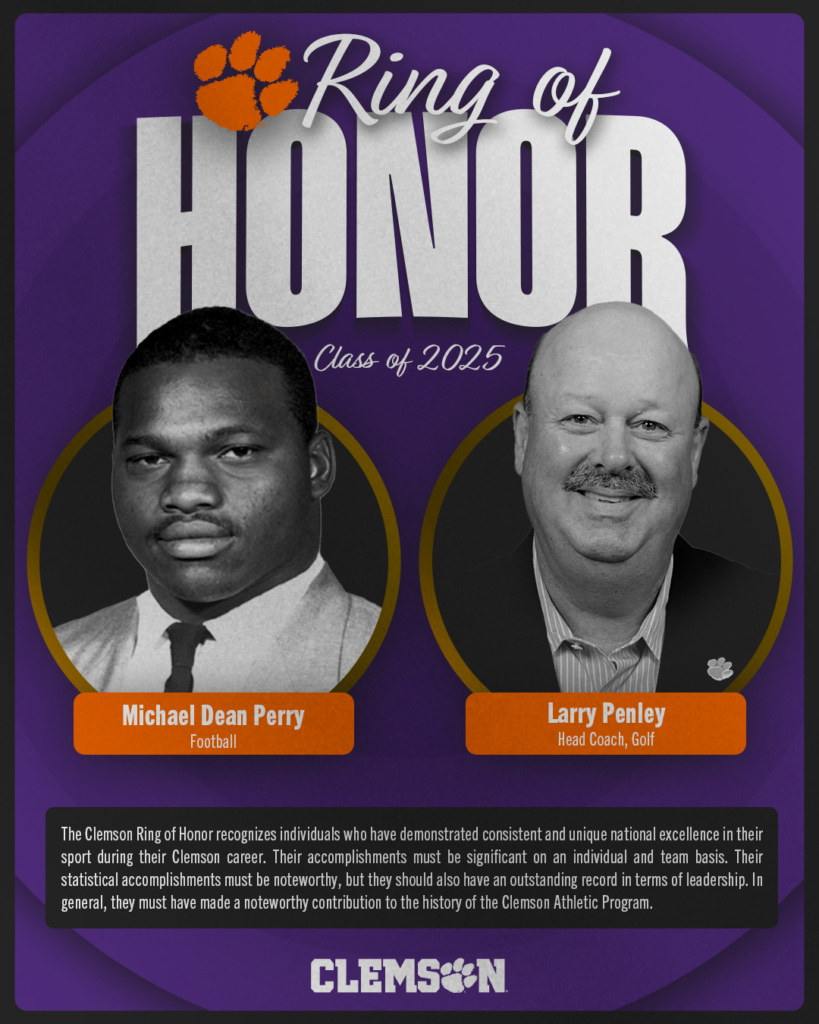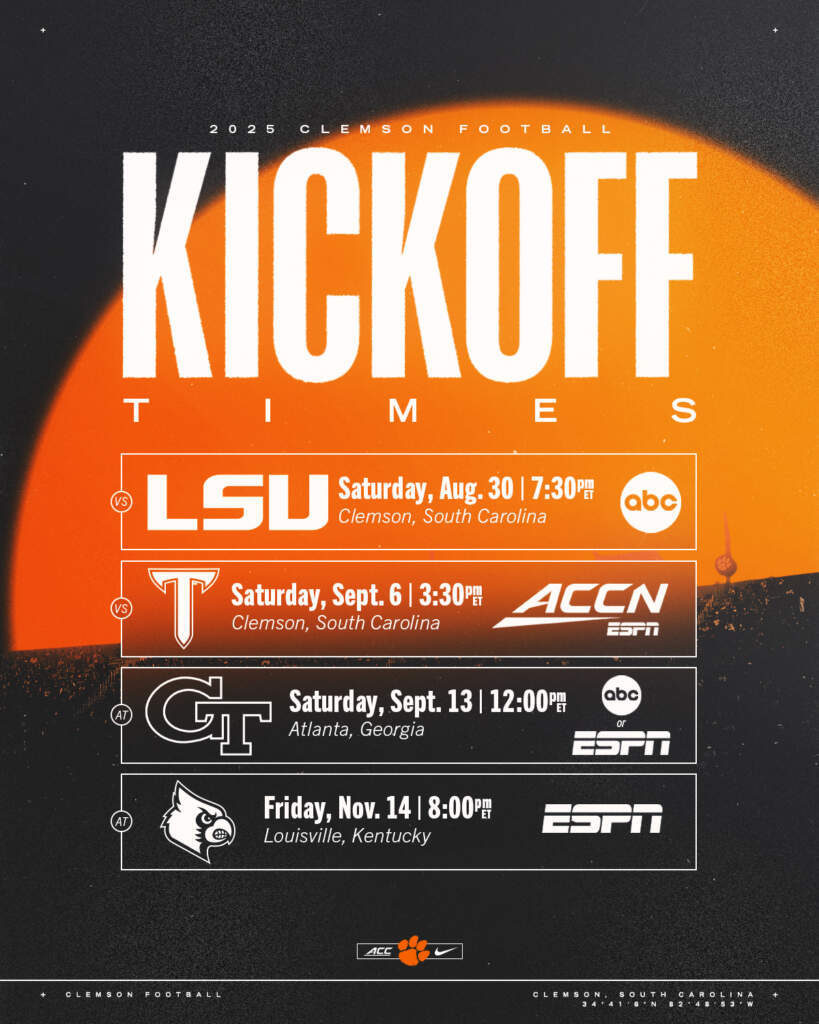Sept. 10, 2010
When Head Coach Dabo Swinney talks about the recruiting process and why young men choose to come to Clemson, he invariably cites “Death Valley” as one of the major reasons. A tour of the stadium is a big part of the recruiting weekend.
With his normal high level of enthusiasm, Swinney recounts Clemson’s entrance to the stadium by rubbing Howard’s Rock and running down the Hill. He even referred to playing in front of over 80,000 fans in Death Valley as one of the reasons quarterback Kyle Parker returned for 2010.
Memorial Stadium opened on September 19, 1942 with a 32-13 win over Presbyterian College, but it was not known as “Death Valley” until a few years later. The man who first called it “Death Valley” was Lonnie McMillian, the longtime head coach of Presbyterian College who coached against Frank Howard’s team that day in 1942. Today, the Blue Hose make a return visit to “Death Valley” for the first time since 1957.
When you think about it, what opposing coach has had as prominent a place in any school’s football history as McMillian has had at Clemson? The term “Death Valley” adds to the aura of the place. When ESPN begins a telecast from Clemson, it refers to the stadium as “Death Valley.” It adds to the ambiance and the spirit of the place.
No one enjoyed opening television broadcasts from Death Valley more than Brent Musburger, who was the lead announcer for CBS in the 1980s and still holds that distinction with ABC and ESPN today.
“You are looking live at Death Valley,” Musburger would introduce the CBS Game-of-the-Week during the Danny Ford era. You could tell he was excited. It led to him calling Clemson’s run down the Hill the “most exciting 25 seconds in college football.”
So, who was Lonnie McMillian?…the man who should get some credit when the heritage of Clemson football is documented.
McMillian was the head coach at Presbyterian College from 1941-53, but he served the school in some capacity for much longer than that. In fact, he coached four varsity sports during his career that spanned between 1923-59. He was a native of Prescott, AR who played football for the Blue Hose and was a two-time all-state selection (1919,20). He was later inducted into the state of South Carolina Hall of Fame in 1974.
McMillian had a 60-58-2 record at Presbyterian College and that is still third in school history for wins, as he only trails Cally Gault and Walter Johnson. He coached six “Little” All-Americans (name for that division in the 1940s and 1950s) and had a 29-7 record (.806) at home, better than the 66.6 home winning-percentage record Howard had in Death Valley.
McMillian had the reputation of an innovative coach. During the 1952 season, his Presbyterian College team totaled seven touchdown passes in a victory over Western Carolina. No one threw the ball very much in the 1950s and the seven touchdown passes still stand as a Blue Hose record today.
McMillian became the head coach of the Presbyterian College team in 1941 and posted a 1-12 record against the Tigers in his 13 years as head coach. He actually defeated Clemson 13-12 in Death Valley in 1943, just the second Tiger loss in the history of the facility. Clemson then won 10 straight games over McMillian and his Blue Hose squad by a combined score of 506-33 over the next 10 years.
Ironically, McMillian’s 12 losses are more than any other visiting coach in Death Valley’s 68-year history.
While we cannot find a specific newspaper clipping in our files that refers to it, Bob Bradley always told me that prior to the 1948 game, McMillian said he was taking his team up to “Death Valley.” Most believe he was referring to the fact that his team usually would get “killed” by the Tigers in the season-opener. However, Presbyterian College’s account of the story states that he was just comparing the temperature of the stadium of those early-season games to the desert by the same name in California.
Regardless of what he meant, when Howard read in the paper that McMillian had referred to Memorial Stadium as “Death Valley,” he liked the sound of it since it made it appear intimidating to the opponent. He started referring to his own stadium as “Death Valley” in his interviews shortly thereafter, and Bradley took it from there.
I remember coming to Clemson from Notre Dame in November of 1977 and reading all the articles that were written about Notre Dame’s team playing in a hostile environment. Chicago Sun-Times had a large back-page story on Death Valley. Clemson had beaten 99 opponents in Death Valley entering that game, so going for win #100 added to the interest in the game that already featured two top-15 teams.
Notre Dame won that day 21-17 on the way to winning the national title, but the close call added a great deal to Death Valley’s reputation. Notre Dame won its last seven games that year by an average margin of 34 points. The only struggle for Joe Montana and his teammates down the stretch came in Death Valley.
That reputation continues to be well-earned today, as the Tigers have won nearly 72 percent of their home games over the years and have recorded many landmark victories.
That reputation had its genesis 60 years ago thanks to a simple off-the-cuff pregame quote from Presbyterian College Coach Lonnie McMillian.
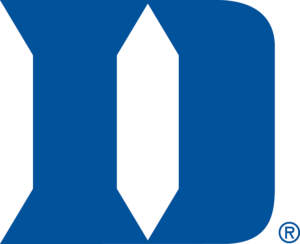 Duke
Duke 
 Florida State
Florida State 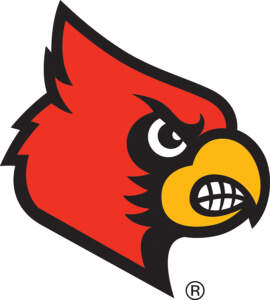 Louisville
Louisville  Furman
Furman  South Carolina
South Carolina  LSU
LSU 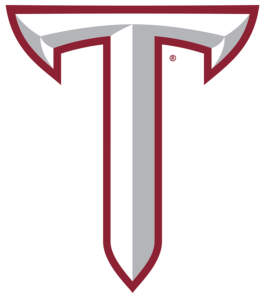 Troy
Troy 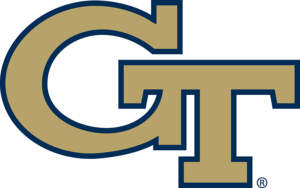 Georgia Tech
Georgia Tech 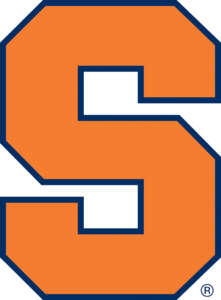 Syracuse
Syracuse 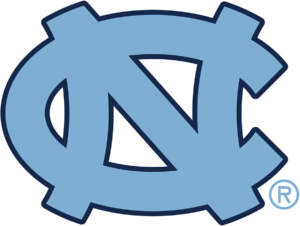 North Carolina
North Carolina  Boston College
Boston College  SMU
SMU 




